Gabon is a country in west central Africa, located on the equator sharing borders with the Gulf of Guinea to the west, Equatorial Guinea to the northwest, and Cameroon to the north, with the Republic of the Congo curving around the east and south. Its size is almost 270,000 km² with an estimated population of 1,500,000. The capital and largest city is Libreville.

It has an equatorial climate with an extensive system of rainforests covering 85% of the country, there are also grasslands, savannas, large rivers and coastal lagoons. There are three distinct regions: the coastal plains (ranging between 20 to 300 km from the ocean’s shore), the mountains (the Cristal Mountains to the northeast of Libreville, the Chaillu Massif in the centre, culminating at 1575 m with Mont Iboundji), and the savanna in the east. Gabon’s largest river is the Ogooué which is 1200 km long.
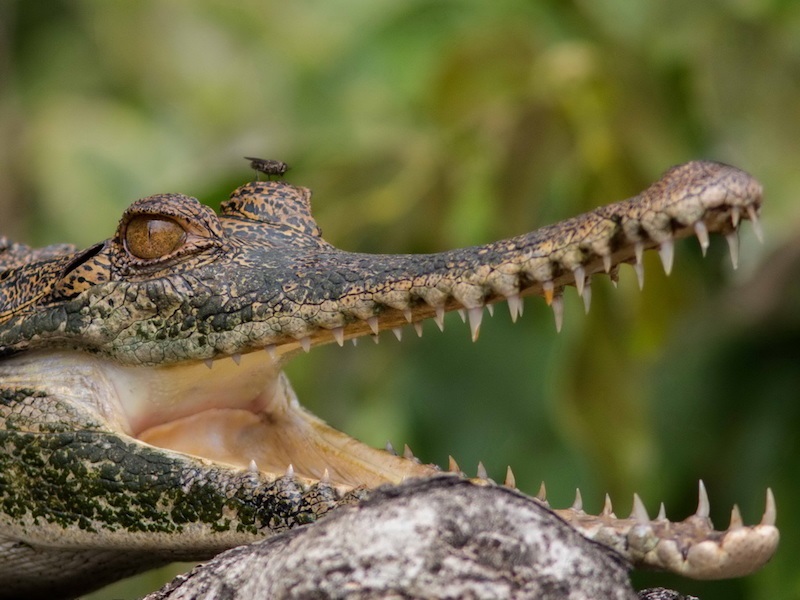
Gabon has three karst areas where there are hundreds of caves located in the dolomite and limestone rocks. Some of the caves include Grotte du Lastoursville, Grotte du Lebamba, Grotte du Bongolo, and Grotte du Kessipougou. Many caves have not been explored yet. A National Geographic Expedition visited the caves in the summer of 2008 to document them (Expedition Website). Gabon is also noted for efforts to preserve the natural environment.
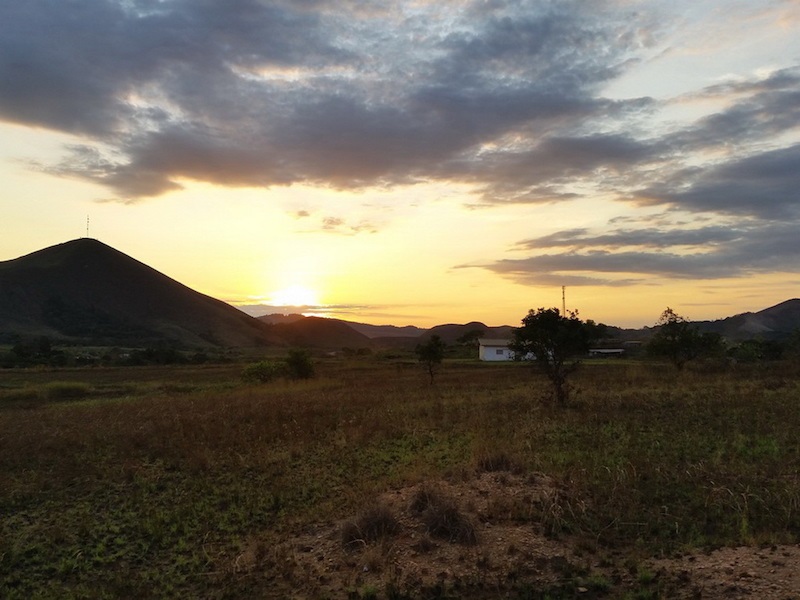
In 2002, President Omar Bongo Ondimba put Gabon firmly on the map as an important future ecotourism destination by nominating more than 11% of the nation’s territory as National Park (13 in total), which may be the largest area of nature parks in the world. They include Loango NP, Lope NP, Minkebe NP (the largest), Ivindo NP and Moukalaba-Doudou NP.
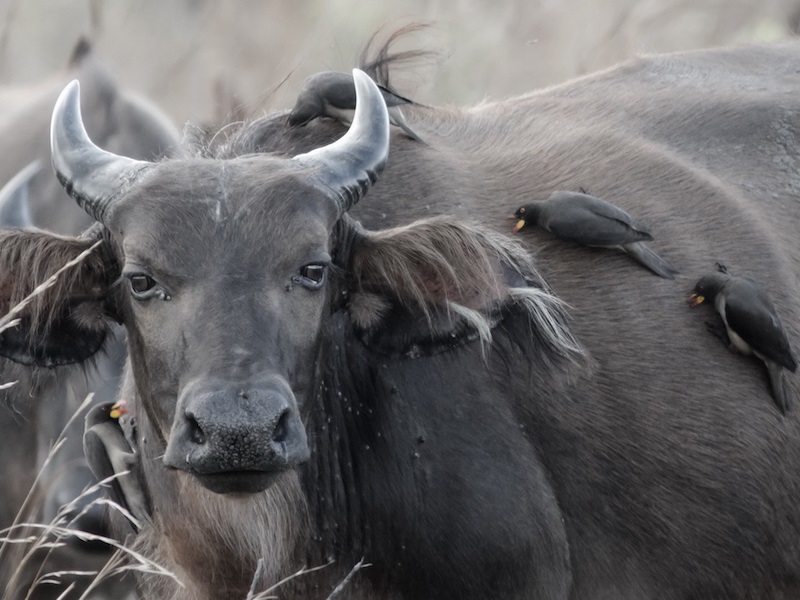
Wildlife includes forest elephants, African elephants, buffalo, various antelope and monkey species, sitatungas, leopards, three species of crocodiles, chimps and gorillas, as well as several marine turtle species which nest along the coast.
There are around 750 species of birds none of which are endemic, but some, such as the Ja River Scrub Warbler, Gabon Batis, African River Martin, and Black-chinned Weaver are restricted to Central Africa and have only small ranges. The Grey-necked Rockfowl (Picathartes) and Loango Weaver are classed as vulnerable species by the IUCN.
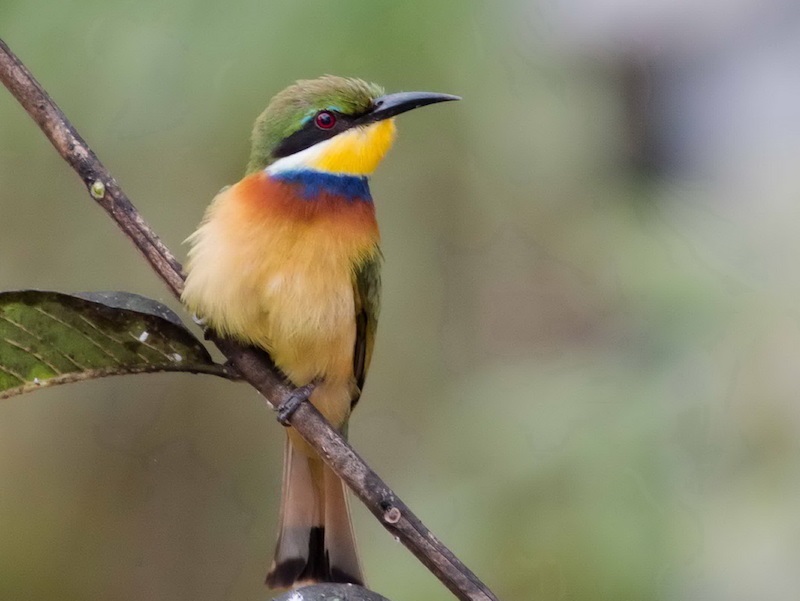
Other sought-after species, in no particular order, include: Slender-billed Weaver, Blue-headed Coucal, Green-backed Woodpecker, Cassin’s Flycatcher, Black-casqued Hornbill, White-crowned Lapwing, Yellow-billed Oxpecker, Snowy-crowned Robin-Chat, Senegal Coucal, Long-legged Pipit, Woodland Kingfisher, Damara Tern, Yellow-throated Tinkerbird, Red-chested Cuckoo, African Crake, Grey-rumped Swallow, Blue-breasted Bee-eater, Yellow-billed Turaco and Grey Parrot.
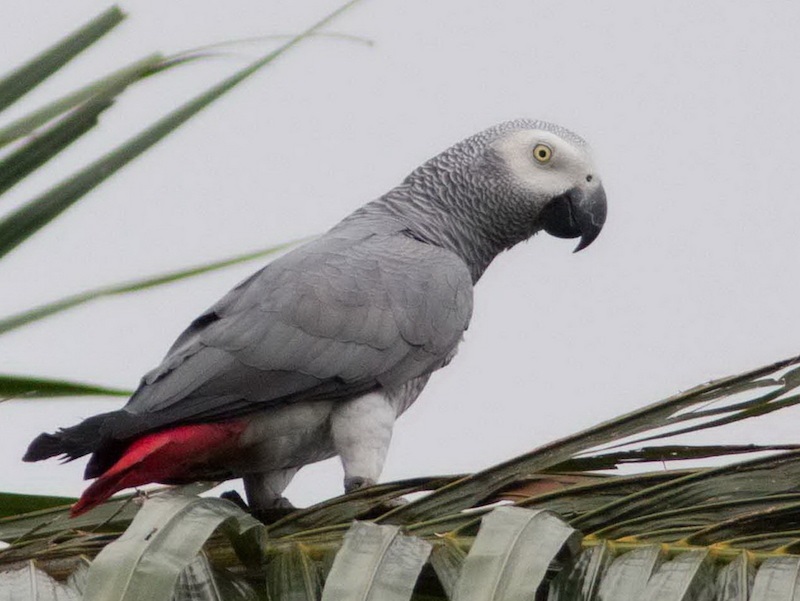
Not to mention Piping Hornbills, Hartlaub’s Duck, Black & Cassin’s Spinetail, Vermiculated Fishing Owl, Pel’s Fishing Owl, Bates’s Nightjar, Red-bellied Paradise Flycatcher, Red-rumped Tinkerbird, Pectoral-patch Cisticola, Yellow-throated Longclaw, Quailfinch, Violet-tailed Sunbird, Cassin’s Malimbe, White-browed Forest Flycatcher, Fire-crested Alethe, Grey-backed Camaroptera, Velvet-mantled Drongo and White-crested Tiger Heron.

Major Source: Fatbirder
Photo Source: Birding Ecotours
Map Source: GoogleMaps
